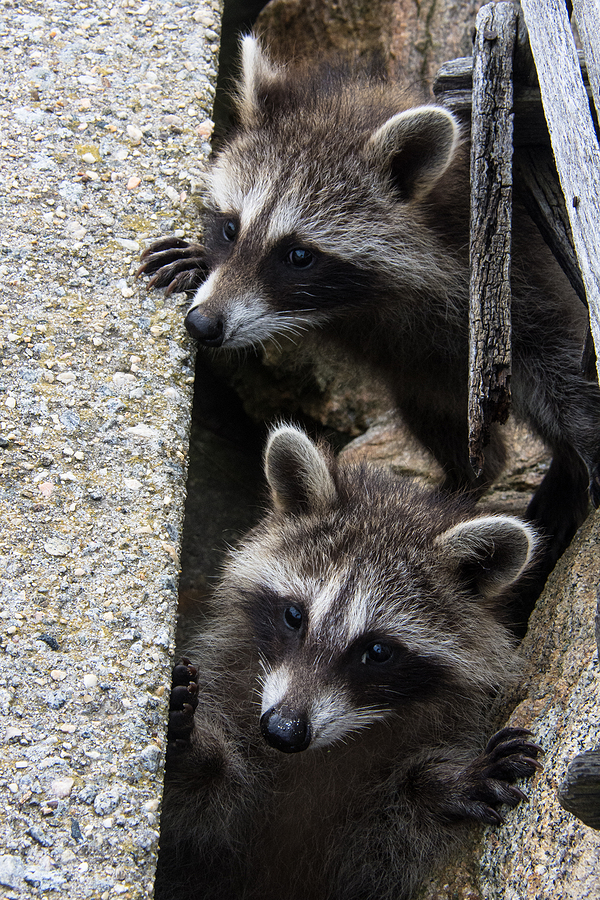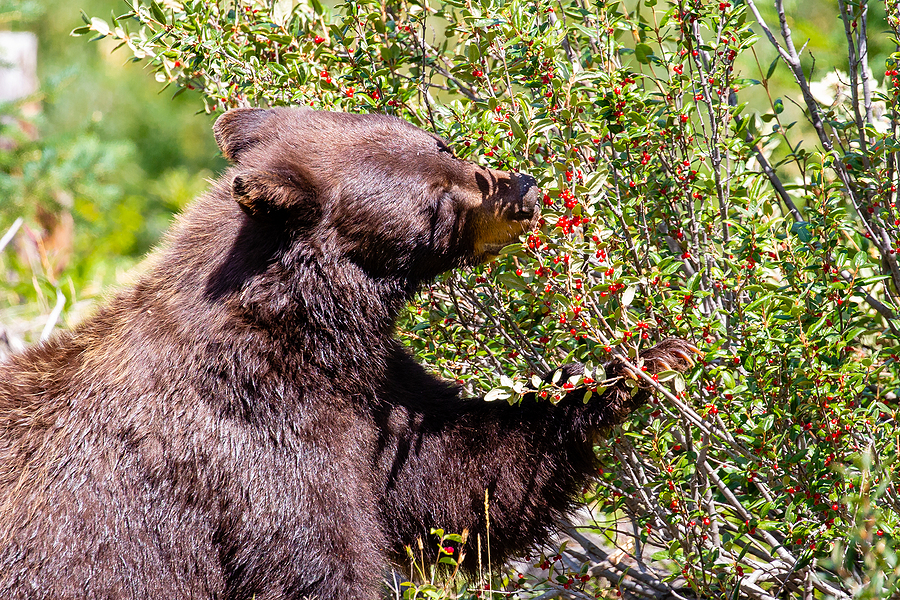Virginia’s diverse landscapes provide ideal habitats for numerous wildlife species, from the Blue Ridge Mountains to the Chesapeake Bay. While these animals play vital ecological roles, they can become problematic when they venture onto residential properties seeking food, shelter, or nesting sites. Raccoons rummaging through garbage cans, squirrels nesting in attics, and skunks taking up residence under porches are common scenarios that Virginia homeowners face.
Understanding effective wildlife control strategies isn’t just about protecting your property—it’s about maintaining a safe environment for your family while respecting the animals that share our state. When wildlife becomes a nuisance, the key lies in implementing humane, legal, and effective management techniques that address the root cause of the problem rather than simply treating the symptoms.
This comprehensive guide will equip Virginia homeowners with the knowledge needed to identify wildlife issues early, implement preventative measures, and determine when professional wildlife removal services are necessary. By taking a proactive approach to wildlife management, you can protect your home while ensuring these animals can thrive in their natural habitats.

Recognizing the Signs: Identifying Wildlife Presence
Early detection of wildlife activity can prevent minor issues from becoming major problems. Understanding what to look for helps homeowners address wildlife intrusion before significant damage occurs.
Physical Evidence
Animal tracks in soft soil, mud, or snow provide clear indicators of wildlife presence. Raccoon tracks show five distinct toes with claw marks, while squirrel tracks are smaller with four toes in front and five in back. Opossum tracks are unique, displaying a thumb-like digit on their hind feet.
Droppings offer another reliable identification method. Raccoon droppings are typically found in communal areas called latrines and contain undigested food particles. Squirrel droppings are small, pellet-shaped, and often found near feeding areas. Skunk droppings are similar to cat waste but often contain insect parts.
Property Damage Indicators
Different animals create distinctive damage patterns. Raccoons are notorious for tearing off roof shingles, damaging vent covers, and creating large entry points. They possess incredible dexterity and can manipulate latches and handles with ease.
Squirrels typically create smaller, circular holes and may chew through wooden structures or insulation. Their gnawing marks are characterized by parallel grooves from their continuously growing teeth. Birds often leave droppings around entry points and may create nests in vents, chimneys, or eaves.
Auditory Clues
Wildlife inspection often relies on listening for unusual sounds. Scratching in walls or ceilings, particularly during dawn and dusk, often indicates squirrel activity. Heavy footsteps or thumping sounds might suggest larger animals like raccoons. Chirping or fluttering sounds typically indicate bird presence, especially during nesting season.
Prevention: Your First Line of Defense
Effective wildlife management begins with making your property less attractive to nuisance animals. Prevention costs significantly less than removal and repairs, making it a smart investment for any homeowner.
Securing Entry Points
Animal-proofing your home requires attention to potential access points. Install chimney caps to prevent animals from entering through the chimney opening. These metal barriers allow proper ventilation while blocking wildlife access.
Vent covers are essential for protecting dryer vents, bathroom exhausts, and other openings. Choose heavy-duty metal screens rather than plastic alternatives, as determined animals can easily damage lighter materials. Mesh screens should have openings no larger than half an inch to exclude even small animals.
Managing Food Sources
Wildlife typically ventures onto residential properties seeking easy food sources. Secure garbage cans with tight-fitting lids or invest in trashcan locks designed to prevent animal access. Store garbage containers in garages or sheds when possible, especially overnight.
Remove pet food from outdoor areas immediately after feeding. Bird feeders, while enjoyable, can attract more than just birds. If you choose to maintain feeders, position them away from your home and consider using baffles to prevent climbing access.
Harvest fruits and vegetables promptly, and clean up fallen produce regularly. Compost bins should be properly sealed and maintained to avoid attracting scavengers.
Landscape Modifications
Strategic landscaping can reduce wildlife attraction to your property. Trim tree branches at least six feet away from your roofline to prevent easy access for climbing animals. Remove brush piles, tall grass, and dense vegetation near your home’s foundation, as these areas provide ideal hiding spots and travel corridors.
Consider installing motion-activated lighting around potential problem areas. Many wildlife species prefer to avoid well-lit areas during their normal active hours.
Request a Free Wildlife Control Quote 🦝
Humane Removal Methods
When prevention fails and wildlife has already established residence on your property, humane removal becomes necessary. These methods prioritize animal welfare while effectively addressing the problem.
Natural Deterrents
Animal repellent products offer non-harmful solutions for many wildlife conflicts. Critter Ridder, containing predator urine and other natural ingredients, can effectively deter various species without causing harm. Putrescent egg crumbles create an unpleasant smell that many animals associate with danger.
For bird-specific issues, consider installing bird spikes on ledges, signs, and other perching areas. Bird netting provides effective protection for gardens and fruit trees without harming the animals.
Safe Exclusion Techniques
One-way exclusion devices allow animals to leave their current location but prevent re-entry. This method works particularly well for animals that have established dens or nests in attics, crawl spaces, or other structures.
Install these devices after confirming that no young animals remain inside, as separating mothers from offspring creates serious welfare concerns. The best time for exclusion typically occurs outside of breeding seasons when families aren’t present.
Environmental Modification
Making the habitat less suitable often encourages voluntary relocation. Remove food sources, eliminate water access, and reduce shelter opportunities. This approach requires patience but often produces lasting results without direct animal manipulation.
Recognizing When Professional Help is Needed
While homeowners can address many wildlife issues independently, certain situations require professional wildlife removal services to ensure safety and effectiveness.
Complex Infestations
Large colonies or multiple species present challenges that exceed typical homeowner capabilities. Professional services have specialized equipment and experience managing complex wildlife scenarios safely and efficiently.
Dangerous Situations
Direct contact with wildlife poses health and safety risks. Skunks can spray when threatened, and raccoons may carry rabies or become aggressive when cornered. Professional wildlife control specialists have proper protective equipment and training to handle these situations safely.
Structural Damage Assessment
Significant property damage requires professional evaluation to determine the full extent of necessary repairs and prevent future problems. Professionals can identify damage that might not be immediately visible to untrained observers.
Understanding Virginia Wildlife Regulations
Virginia Department of Wildlife Resources (DWR) regulations govern all wildlife control activities within the state. These regulations protect both wildlife populations and ensure public safety through proper management practices.
Licensing Requirements
Certain wildlife control methods require specific licenses or certifications. Professionals engaged in wildlife control services must maintain appropriate permits and follow established protocols for different species and situations.
Seasonal Restrictions
Virginia law prohibits certain wildlife control activities during breeding seasons to protect dependent young. These restrictions vary by species and require careful timing of control efforts.
Local Ordinances
City and county governments may impose additional restrictions beyond state regulations. Some municipalities limit trapping methods, restrict the use of certain deterrents, or require permits for specific activities. Contact your local government offices to understand applicable ordinances in your area.
Final Thoughts
Effective wildlife control combines prevention, early intervention, and responsible management practices. By understanding common wildlife behaviors, implementing preventative measures, and knowing when to seek professional assistance, Virginia homeowners can successfully manage wildlife conflicts while respecting these important members of our ecosystem.
Remember that wildlife control is an ongoing process rather than a one-time solution. Regular property inspections, maintenance of exclusion devices, and continued prevention efforts help ensure long-term success. When problems arise, addressing them promptly and humanely protects both your property and Virginia’s wildlife populations.
Taking proactive steps today prevents more serious and costly problems tomorrow. Whether you’re dealing with your first wildlife encounter or seeking to improve existing control measures, the strategies outlined in this guide provide a foundation for successful, responsible wildlife management.
Ready to protect your property from unwanted wildlife? Contact Virginia Wildlife Pros to learn how we can help you implement effective, humane wildlife control solutions tailored to your specific needs.
Related Post: Mastering DIY Wildlife Control at Home


